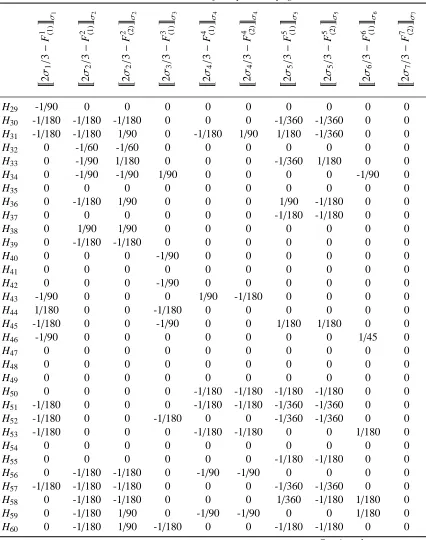A new bound for the 2/3 conjecture
Full text
Figure




Related documents
Recast in this way, we are looking at the complete graph (all pairs of vertices connected) on 6 vertices, with edges colored either red or black, and we are claiming that the
The Traffic Incident Management (TIM) & Planned Special Events (PSE) Peer-to-Peer (P2P) Program is a Federal Highway Administration Technical Assistance Program that
A Supreme Court majority (Chief Justice McLachlin and Justices LeBel, Abella, Cromwell, Karakatsanis and Wagner concurring; Justice Rothstein dissenting) affirmed Health Services
Initial studies correlating RNA-seq data with genomic change in can- cer have reported some of these direct effects, especially for coding point mutations or canonical
They developed a regression tree by using traffic flow and speed at accident location, nearest upstream and downstream and concluded that road accidents depend more on traffic
Based on the relationship between authentic leadership with psychological capital and work engagement, managers are recommended to improve psychological capital and
I was invited to make presentations to the Wits engineering faculty, Wits writing personnel, the School of Professional and Development Management, a workshop for new faculty, and
Individual, semi-structured, in-depth qualitative interviews were conducted with three secondary school Health and Physical Education (HPE) teachers with





